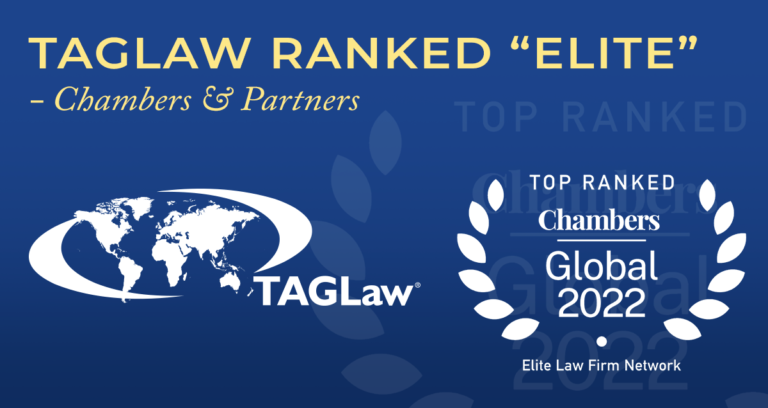March 2020 saw the Isle of Man FSA publish AML/CFT guidance for the Private Pensions sector. This is the first time the Authority has produced definitive guidance for the pensions industry in terms of what is expected to demonstrate compliance with the Anti-Money Laundering and Countering the Financing of Terrorism Code 2019 (the Code).
The document reaffirms that the pensions sector must look to the Island’s National Risk Assessment (NRA) to understand risks within the sector and ensure that those risks are reflected into their own risk assessment documentation. It is noted that the NRA assesses the sector as having a medium low level of vulnerability for both money laundering and terrorist financing. Where a pensions provider assesses their own level of risk to be lower or higher than that, the Business Risk Assessment should clearly explain the reasons behind the variation.
The guidance document also comments on the following areas:
- Risk Guidance
It is important that a pensions provider differentiates between “business risk” and “customer risk” when undertaking risk assessments.
The difference between “business risk” and “customer risk” is clearly defined in the AML/CFT Handbook and pensions providers should defer to Section 3 of the Handbook in this regard.
In terms of the business risk assessment, the guidance highlights the particular risk factors to be considered according to the different categories of pension scheme, whether it is an International Scheme, Occupational Scheme or a Domestic Scheme.
With regard to customer risk assessments, the document directs providers to the guidance at Section 3.3 in the main body of the Handbook. A customer risk assessment will be dependent, in the first instance, on the business risk assessment already in place which will ensure that the customer risk assessment reflects that an appropriate level of due diligence is obtained when all matters are considered. The guidance document highlights numerous factors that need to be considered to ensure that the customer risk rating is appropriately reflective of the risk. A few examples would be customer location, trustee location, PEP status and source of funds/source of wealth.
- Higher Risk and suspicious indicators
The guidance document details several activities that potentially increase the risk of any relationship. It also provides a reminder of the responsibilities of a pensions provider in the event that any activity provokes concerns or suspicions. Examples of higher risk indicators could be large cash sums deposited into a scheme by a member, particularly when followed by substantial fund withdrawals or deposits of securities or assets where ownership is unclear. These are just a small number of examples, there are numerous other referred to in the guidance document.
- Technology Risk Assessment
The document refers to technology risk assessments and the need to refer to the guidance in the Handbook in this area. The need for a technology risk assessment is a relatively new requirement of the Code and requires a pensions provider to consider the technology that is used in the provisions of services and any money laundering or terrorist financing risk that arises as a result.
- Customer Due Diligence & Ongoing Monitoring
The new guidance document goes into significant detail regarding the requirements of a pensions provider to undertake customer due diligence and ongoing monitoring with a cross referral to further guidance provided in the separate stand-alone Customer Due Diligence document available on the FSA’s web site.
There is also reference to some sector-specific matters that need to be considered when undertaking due diligence on clients. These include identifying the customer and recognising who the customer is, namely the settlor of the funds plus any beneficiary of the scheme other than the settlor. The guidance note also highlights concessions provided by paragraph 21(1) of the Code. This is quite a detailed piece of guidance which does need to be read alongside the Code and the FSA’s Handbook.
- Source of Funds, the lifecycle of a pension scheme and Ongoing Monitoring
This section of the guidance reminds pensions providers that funding arrangements will change throughout the lifetime of a Scheme and that there is a requirement to carry out due diligence on all funds being paid into a Scheme as well as all relevant parties to a Scheme throughout the life cycle of the Scheme.
In view of the potential changes to a Scheme throughout its life cycle, it is important that any such changes are monitored and reviewed with any such review documented as evidence of assurance.
There is a useful tabulated reminder of the due diligence requirements according to the type of Scheme in question which applies to both Domestic & International Pension schemes.
The link to the FSA guidance is included below. At DQ we have an experienced team providing guidance on all aspects of Regulatory Compliance and we would be happy to discuss any queries in this regard. Our pensions team also regularly advises on matters relevant to the sector with Annemarie Hughes being recognised by Legal 500 as a Leading Individual in the sector.
https://www.iomfsa.im/media/2672/sector-guidance-private-pension.pdf







